In the last few years, several developed and developing countries have shown interest in utilizing solar technology in their homes and businesses. As a result, research has increased in this area with the focus being on increasing the efficiency and effectiveness of this technology. In this article, we are going to have a wide overview of the solar technology including its application in day-to-day activities.
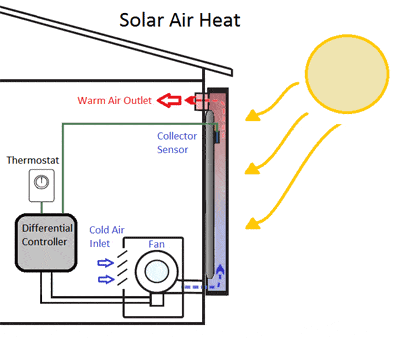
What is a passive solar heating system?
The passive heating system depends on the architectural design of the building for heating to happen. The structure of the building, site, and the materials can significantly increase the heating effect of the sunlight, therefore, minimizing or getting rid of the fuel needs. A nicely insulated home with a big glass window facing south, for example, can greatly trap the heat while minimizing the reliance of oil, gas, or electricity. The sun is essentially used to warm the air and other solid surfaces. The heat is transferred to other rooms through natural convection. Included in the building are tiles and bricks that help to absorb sunlight and hold the heat during the night.

What is an active solar heating system?
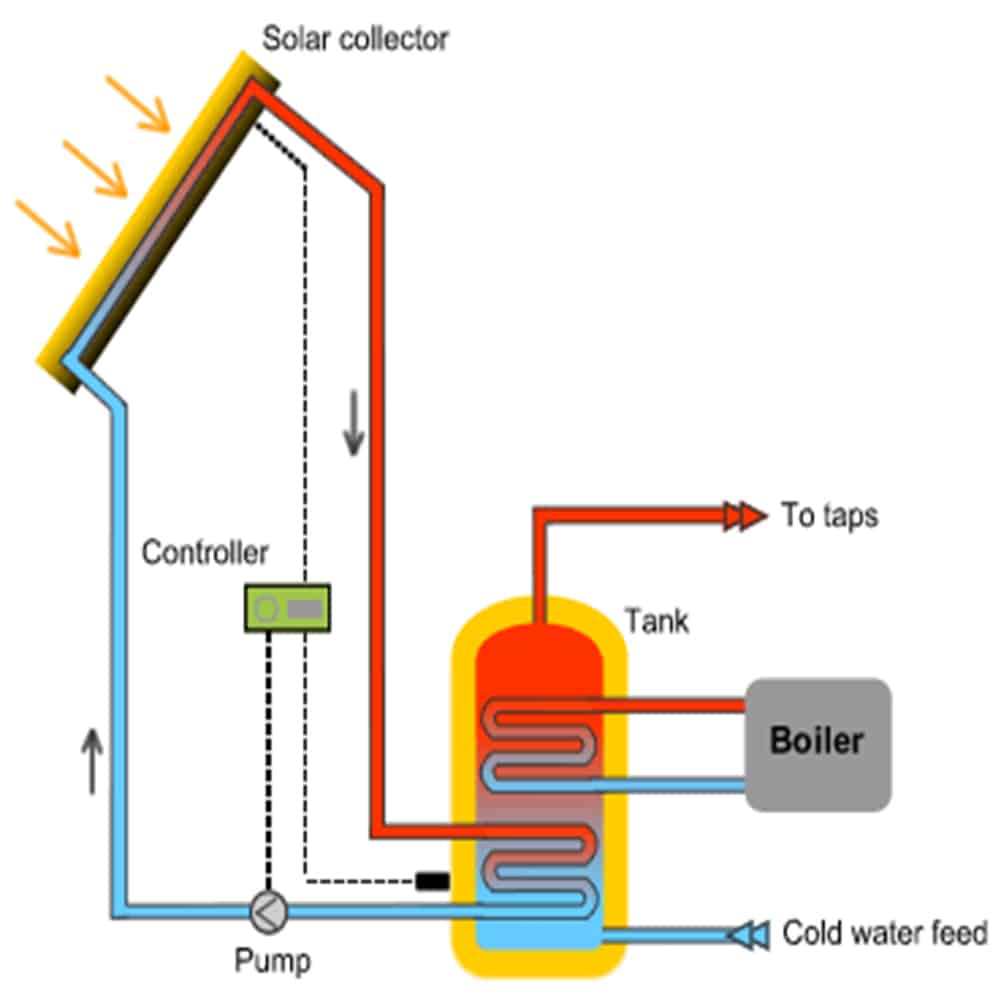
The active solar heating system uses mechanical means to store, collect, and transfer solar energy in homes to offer space heating or hot water. The sunlight falling on the collector design is converted to heat, which is in turn taken to the carrier fluid and to the conversion, storage, and distribution system. When dealing with fluid systems, water is transferred via the tubes to the flat-plate collectors. The blackened latter metal plate helps to absorb sunlight. In the front, it is insulated with some layers of air and glass. The glass enables light to fall and trap heat on the plate, which is then taken to the carrier fluid. In the same case, water can be transferred through an evacuated glass tube where a large amount of sunlight is concentrated by a reflecting mirror.
More solar energy-related in this category: https://renewablepedia.com/solar-energy/
After the collectors pick up the heat, the carrier fluid is transferred to the storage tank, where it is ready for use or to store for later use. This system can offer hot water directly from the storage tank, or can ensure a continuous flow of water through the tubes in ceilings and floors; hence it is great for space heating. The storage tank also enables heated water during the sunny day to flow at night or on cold days. Just in case the carrier fluid has antifreeze, a heat exchanger is utilized to transfer the heat from carrier fluid to water to be used for domestic needs.
That said; let us have a look at some main applications of solar heating technology.
Normally, there are several applications including; Solar heating of buildings, Solar pumping, solar furnaces, power generation, solar greenhouses, solar water heating, solar distillation, solar drying of animal and agricultural products, solar cooking, solar thermal power production, and transportation. Let’s have a look at each application in detail.
Solar Green House
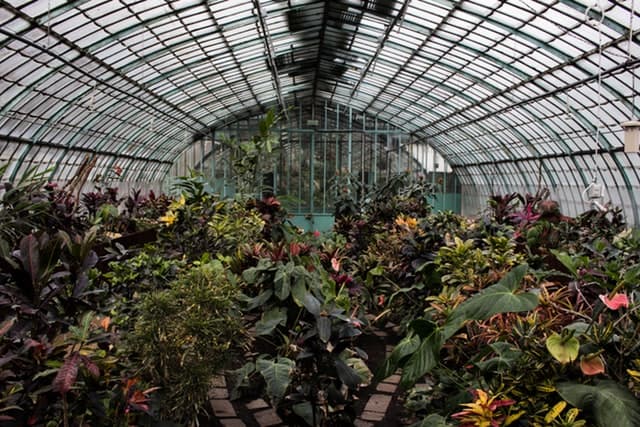
Greenhouses utilize the environmental control systems to regulate conditions of temperature, light, relative humidity and carbon dioxide to desired amounts. To achieve these conditions, different powered systems are required. Heating, cooling and lighting all require energy, which can be harnessed from the sun.
Heating systems
It has been established that the majority of plants will perform well overall in temperature conditions of between 12°C and 30°C. in cold climates, the structure of a greenhouse cannot adequately maintain the optimum temperatures during the day and night. This calls for a heating system that is of a reasonable cost.
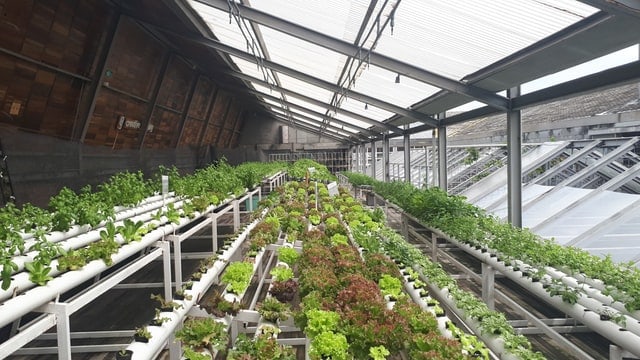
Agricultural solar greenhouses are constructed in a way to harvest solar energy during the day and store it for the night. The structure is composed of collectors that are made of special material. This heat can also be stored in a heat storage system for long term use in winter maybe. Solar PV panels can also be used to convert light from the sun into electricity; which can then be stored in accumulators and used for heating, later.
Cooling systems
A greenhouse cooling system is used for reducing the internal temperatures of a greenhouse as required. Various methods can be used to achieve this in a passive, but yet most economical method – misting fans. As mentioned earlier, a solar PV collector can harness solar energy and transform it into electrical energy. This energy once in the accumulators can be used to run misting fans, which run mostly for 5 hours. This is a passive method but yet a very economical one, as there’s no reliance on the national grid.
Lighting systems
For plants to grow properly and yield, they require light of the right amount and at the right time. This light is the catalyst in photosynthesis, a process by which plants make their food. Various plants have different light requirements. They’re classified as low energy and short-day or high energy and long-day plants. To control the amount of light, transparent PV modules can be incorporated on the greenhouse roof. The number of these transparent units can be set as required. The PV modules reduce the energy load and also convert solar into electrical energy. Stored electrical energy is then used to light up the greenhouses artificially during seasons of low solar intensity, or for ventilation as said above.
Solar Thermal Power Production
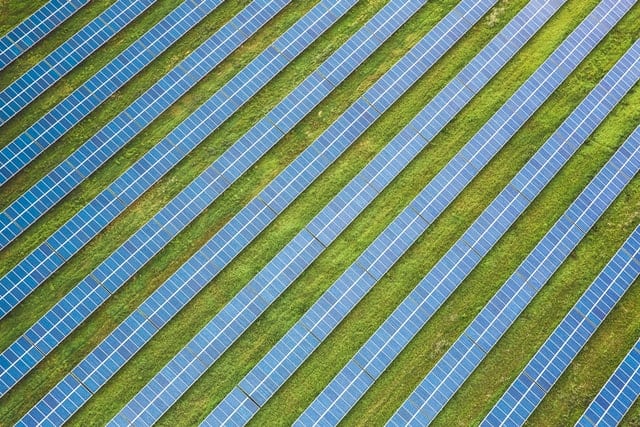
Solar thermal technologies are methods of utilizing solar energy for the sole purpose of heating. A typical solar thermal system consists of a collector, which can either flat or of parabolic shape. These collectors concentrate sun rays by use of either lenses or mirrors.
Solar water heaters
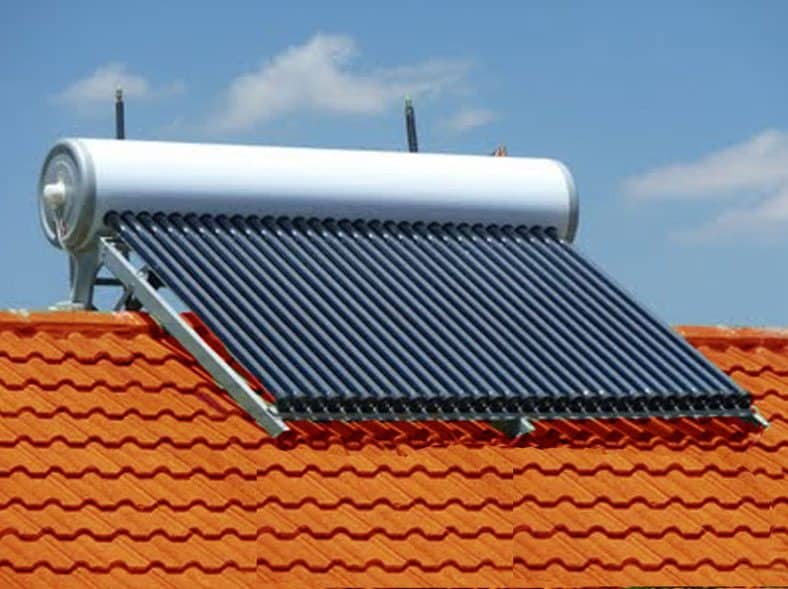
Solar water heaters have gained a global presence. These are simply systems that heat water for different uses by utilizing solar energy. They consist of a solar collector, an accumulator or a storage tank, and circulation tubing. Modern technology has enabled the production of solar water heaters that have efficiencies of up to 40%. There are two systems, namely; active and passive systems.
Have a look at our article about: Solar Panel Installation
Active solar heating systems use pumps to circulate water through the tubes, to the collector and back to the storage tank or point of use. On the other hand, passive solar heating systems make use of convectional currents in water with different temperature zones, and gravity. Water expands on heating, and thus lowering its density. This ‘water’ tends to move upwards towards the reservoir, while the colder water in the reservoir rushes down to the collector to maintain the balance. This sets a convectional current inside the system. The current maintains the circulation of water.
Solar cooking
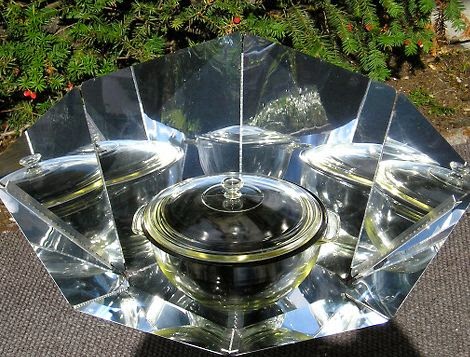
In solar cooking, sunlight can be focused by use of a concave mirror or lenses, to heat or bake or cook food. Mirrors and lenses mostly make parabolic solar cookers. On the other hand, panel solar cookers utilize the same idea but with reflective panels focusing the light rays onto a black pot which is used for cooking. Another variant of the cookers is the solar box cooker which is just a box made of special material. This cooker is not popular as it does not attain temperatures above 200°C.
Solar thermal cooling
Solar power converted into electrical power can be used to run refrigeration and air conditioning equipment which serve a cooling purpose.
Solar Distillation
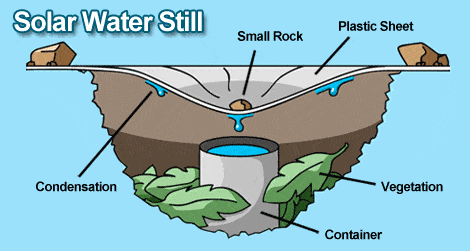
Also known as solar stills, these are systems that use solar energy to purify spent water for re-use, especially in areas where it is scanty. One such system makes use of the same process as that of rainfall formation- evaporation and condensation. The system in, most cases, is a clear wide container with a black bottom. The clear upper area allows sun rays onto the black surface, which absorbs the heat and heats the water inside. Heated water evaporates faster and is condensed on the top part of the container and channeled to another collecting container.
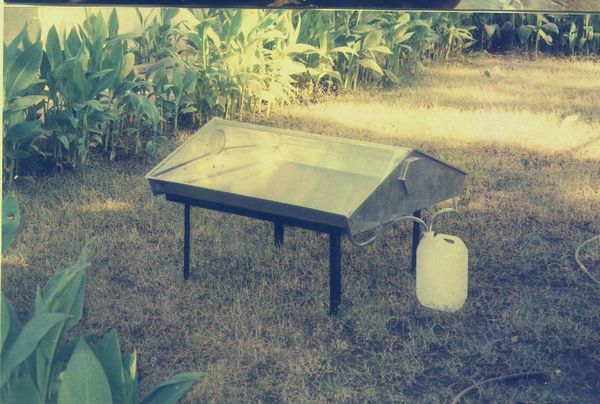
There is quite a variety of these solar distillation systems which are all advancements of the method involved.
Transportation
Solar power has been utilized in as many fields as other for power sources can be. The transport sector has seen a lot of changes since the onset of the 21st century, among them being the use of solar power. The primary form of transport, i.e. land transport has seen solar automobiles grow in number and popularity in the industry.
Solar-powered car
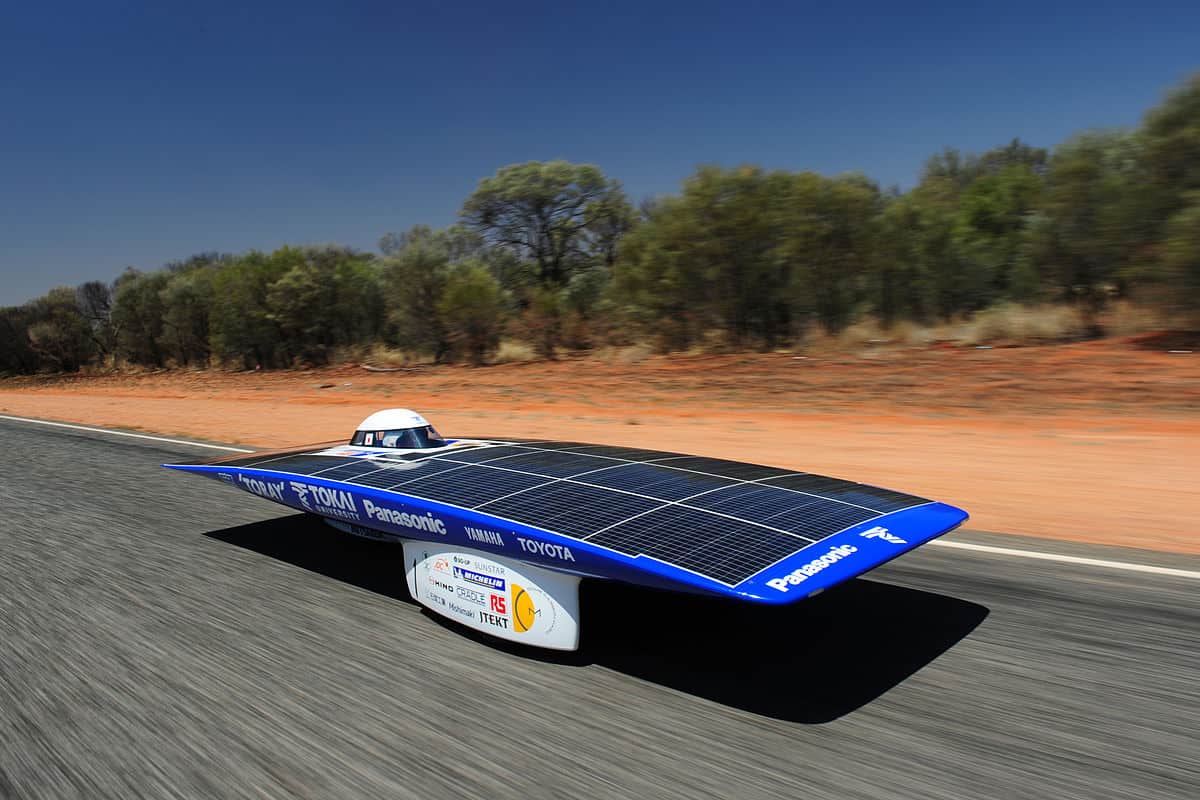
Most solar-powered cars are hybrid in nature; they can use gasoline, as well as solar energy to power them. Such a car is designed to maximize the area over which the PV modules are placed while paying attention to the car’s aesthetics. The PV module converts solar energy into electricity which is then stored in special high-capacity batteries. The batteries, in turn, drive a robust motor that is synchronized with the car’s crankshaft. Then you press the gas pedal, more current flows to the motor and it rotates faster thus speeding. In most cars, there is a provision to recharge the batteries from the grid, which is usually faster but at a cost.
Solar-powered plane
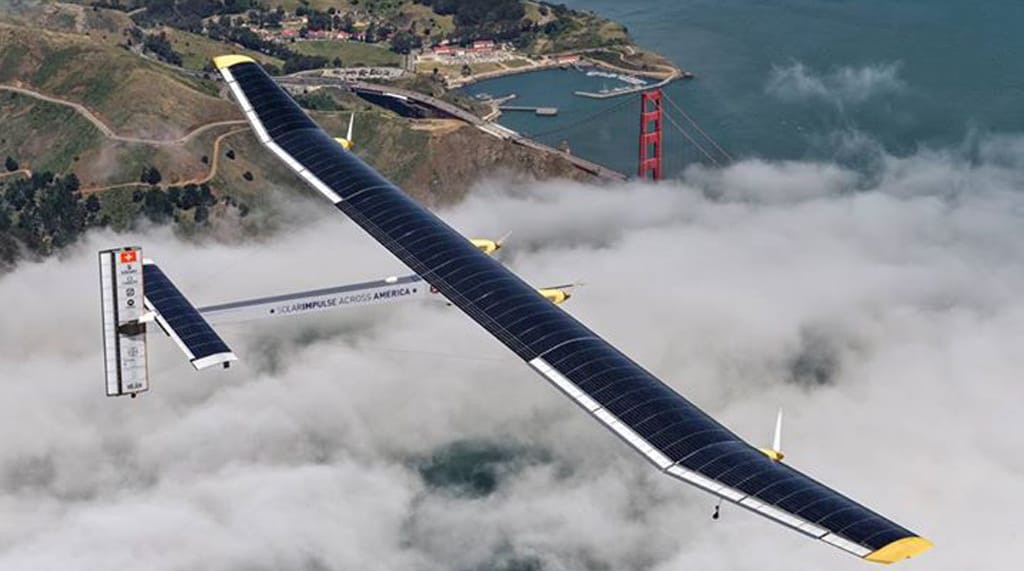
Solar Impulse 2 is a full solar-powered plane that circumnavigated the word in 505 days. It has the same principle, for which it has a wide wingspan to increase the surface area for mounting PV modules. The electrical energy from the modules is stored in special accumulators from where it is used to run all the plane’s prime movers and electronics.
Solar heating of buildings
Solar heating technology can be utilized in a building in several ways including;
- Picking radiation of the sun by some component of the building. For instance, solar energy is directly admitted into the home through the large window facing the south.
- Utilizing different solar collectors, which can possibly heat water, air or storage devices. These can hold the collected energy for use at the moment or for later use.
When heat is needed in the building, storage devices or collectors transfer the heat by convectional components like ducts, radiators, hot-air registers fans, air outlets, etc. to warm the building’s space.
When heat is not needed in the buildings, the heated water or air from the solar heating collectors can direct the heat to the storage devices like heat holding devices or insulated water tanks. During winter, an auxiliary system utilizing oil, gas, or electricity is needed as a backup.
Solar pumping

Solar heating technology is also used in pumping, especially for irrigation purposes. Basically, solar heat generates the energy necessary for irrigation. The need for pumping water is significantly high during hot months, which corresponds with the rising solar radiation during that time. Therefore, solar heating technology is the most ideal for irrigation purposes. During winter, when solar energy is relatively low, the need for water pumping is a bit low because water loss from the crops or plants is also low.
Solar furnaces
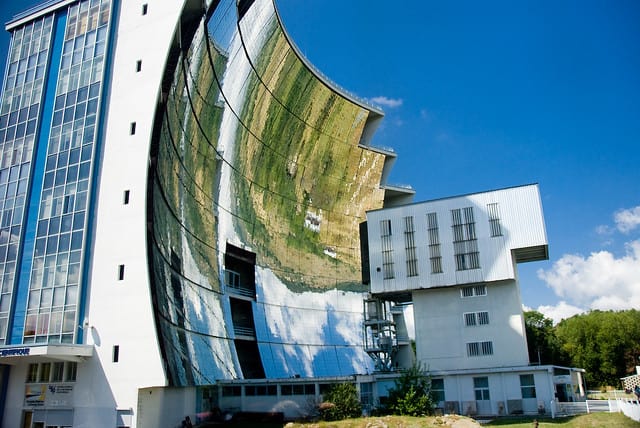
The application of solar heating technology in a solar furnace happens when high temperature is obtained through the use of solar radiation in high concentration to a sample using some heliostats arranged on a slanting surface. Normally, the solar furnace is utilized in research purposes, where ceramics are studied at an extremely high temperature that is hard to measure in the laboratories.
You should see: Sustainable Building Methods
Basically, you can heat the furnace without contaminating it. Besides, it is easy to control the temperature by altering the position of the focus material. This is particularly essential for chemical and metallurgical operations. Many item measurements are easily done on an open specimen. A critical future application of this is the nitric acid production and production of fertilizers from the air.
Power generation

Solar heating technology can as well be utilized to generate electricity. This is possible by using solar energy to run gas turbines or steam. To attain high temperatures needed for efficient conversion of solar energy to electricity, solar radiation needs to be concentrated by mirrors or lenses. This is referred to as concentrated solar power. Since the earth rotates, the mirrors or lenses utilized to concentrate the sun rays should be set in a position to move to make sure that the solar radiation is focused in the right position. To convert the sun energy into power, a photovoltaic cell device has to be available. It is the one responsible to convert sunlight photons into electricity.
The device is made up of a semiconductor that helps to absorb the sun’s photons, developing free electrons with great energy. The induction of these powerful free electrons by electric field occurs to enable the semiconductor to do a great job. The photovoltaic cells use the electric field offered by the p-n junction of materials with distinct electrical properties. There are several techniques used for fabrication to allow the cells to attain maximum efficiency.
Are you from Australia? Read this article about STCs
The cells are set in series or in parallel combination to create cell modules. Some module special features are high reliability, reduced maintenance cost, portability, pollution-free, no expenses on fuel, durability, modularity, etc.
Photovoltaic cells can be utilized to run irrigation pumps, crossing warnings on the railroad, highway call emergency system, navigational signal, automatic meteorological stations, etc. in regions where laying electricity is impossible.
It can as well be utilized for monitoring the weather and as a portable power source for calculators, computer card readers, satellites, televisions, watches, charging the battery, etc. Besides all that, photovoltaic cells are utilized for powering the pump sets for drinking water, irrigation, and for offering electricity in the rural regions.
Solar water heating
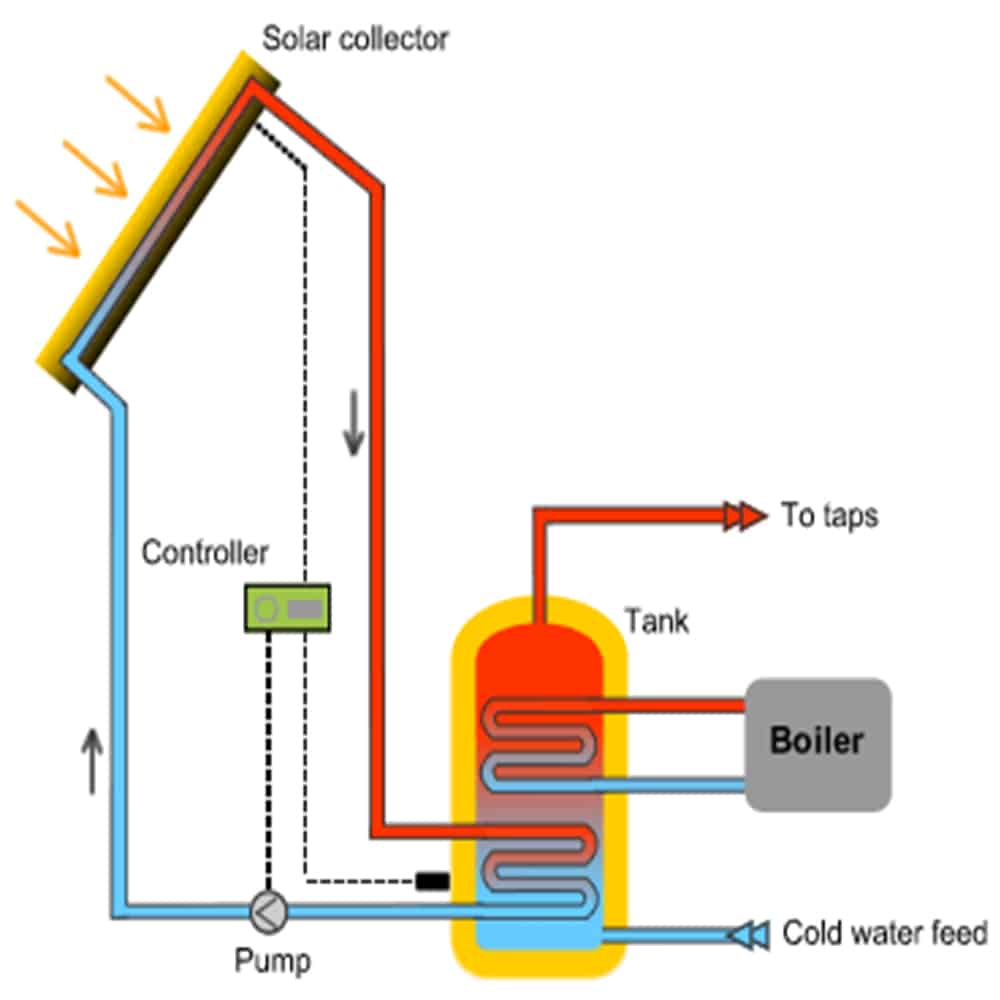
A solar water heating system consists of a flat blackened metal plate conductor with metal tubing facing the sun’s direction. The plate collectors include a layer of thermal insulator below and a clear glass cover above. The collector metal tubing is linked to the pipe to a tank that stores hot fluid when there is limited sunlight. The solar radiation is absorbed by the collectors and directed to the heat produced by circulating water through the tubing either by pump or by gravity. The supplied hot water is transferred to the storage tank through the metal tubing. This system is frequently used in the guest house, hospitals, hotels, tourist bungalows, canteens, and domestic and industrial units.
Solar drying of animal and agricultural products
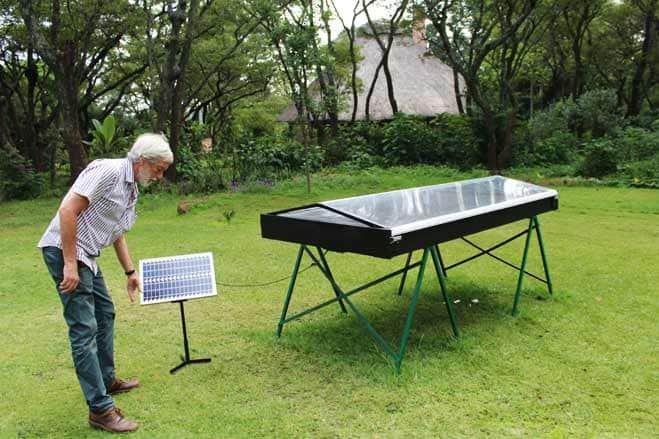
Solar drying of animals and agricultural products is an ancient technique of using solar energy. Normally, agricultural products are dried in a dryer containing a box with an insulated base, an inner side painted black, and enclosed with inclined clear glass. Inside the cabinet, there are ventilation holes located at the top and at the base that promote easy movement of air over the drying material. The perforated racks or trays are designed to offer controlled solar radiation exposure.
Solar drying, particularly in fruit, increases the quality of fruit since the concentration of sugar increases on drying. Usually, soft fruits are vulnerable to attack by insects as the level of sugar increases on drying. Spreading chilies on the floor is the current method of drying them. However, the whole process needs open air space and manual work when handling materials. This becomes challenging to maintain the taste and the quality, not unless the drying process is carried out in a controlled environment. Furthermore, the products being dried are prone to spoiling because of the dust storms, sudden rains, or birds. In addition, research has that it is difficult to get sun-dried chilies at very low moisture content.
Consequently, the chilies become susceptible to attack by bacteria and fungi. Sometimes, the product is over-dried, lowering quality. Solar energy dryer is used to assist in overcoming some of these setbacks.
Other products frequently sun-dried are berseem, ginger, pepper, veneer, potato-chips, maize grains, peas, cashew-nuts, and tobacco. Examples of animal dried products are milk and fish drying.
Solar cooking
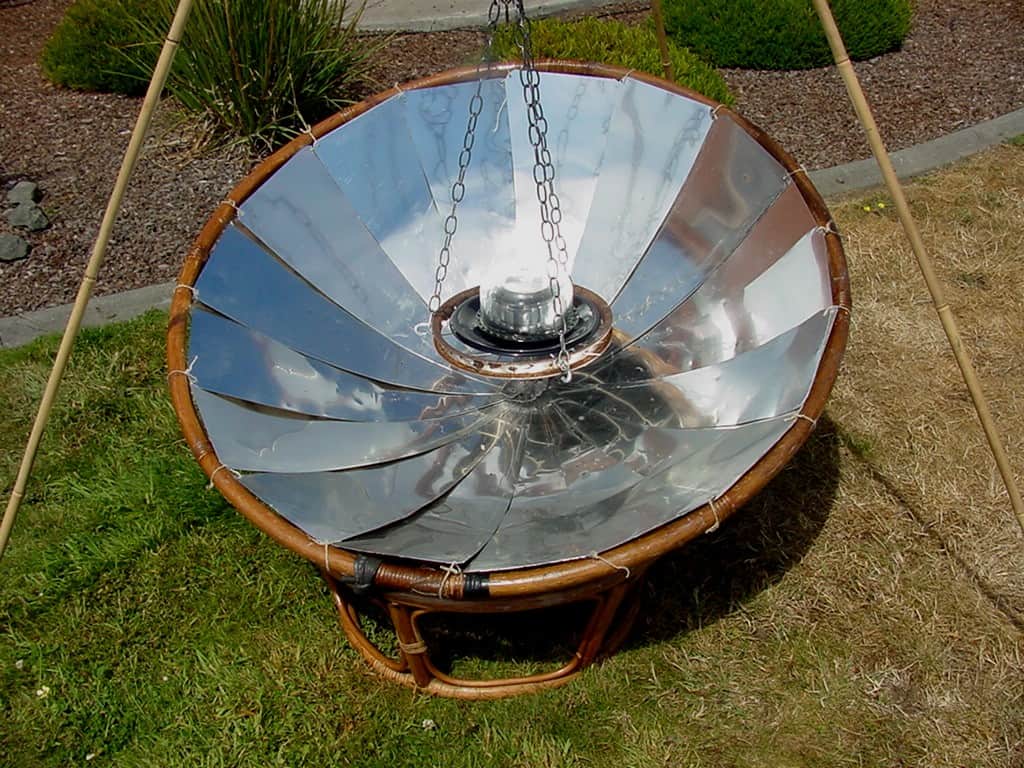
Many types of fuel including agricultural waste, kerosene, firewood, coal, cooking gas, and dung cakes are utilized for cooking purposes. With the increasing energy crisis, the need for these fuels is either declining or they are much worth to be wasted for cooking needs. This necessitated the utilization of other alternative energy sources for cooking reasons, and the solar cookers were developed.
A solar cooker is a simple flat plate box with a wooden box or insulated metal blackened from inside. Radiations of the sun entering the cooker have a short wavelength. Radiations with high wavelength are not able to penetrate the glass cover, blackened interior to outside the box, hence reducing the heat loss.
The heat loss caused by convection is reduced by keeping the box airtight. This is attained by offering a rubber strip between the box and the upper lid for heat loss reduction caused by conduction. Insulating material such as saw-duct, glass wool, paddy husk, etc. is used to fill the space between the outer cover and blackened tray.
When exposed to sunlight, the rays of the sun penetrate the glass and get absorbed by the black surface, making the temperature in the box to increase. What happens is that raw food gets cooked due to increased temperature. Collector areas can be added to increase the temperature by offering a plane of reflector mirror. Adjusting the reflector mirror makes the rays of the sun fall into the box and an increase in temperature 15-25 degrees is achieved.
The solar cookers don’t need fuel or attention when cooking food. Besides, it doesn’t pollute the environment, no overflowing or charring food and the most vital benefit is maintaining the nutritional value of the food. In addition, their maintenance cost is negligible. The only setback is that it can’t be used at night or during cloudy days.
Conclusion
Solar heating technology is among the best solution for today’s environment and energy issues. As you’ve seen, the solar heating system can be applied to many sectors. It is worth considering this energy source to save not only your wallet but also to protect the environment for the next generation.